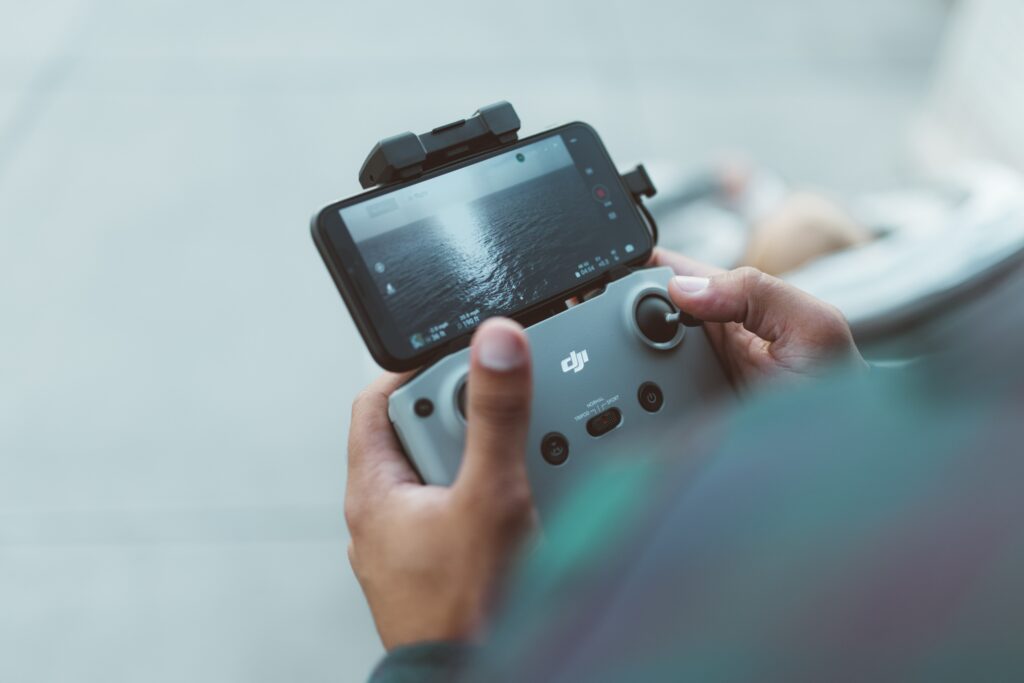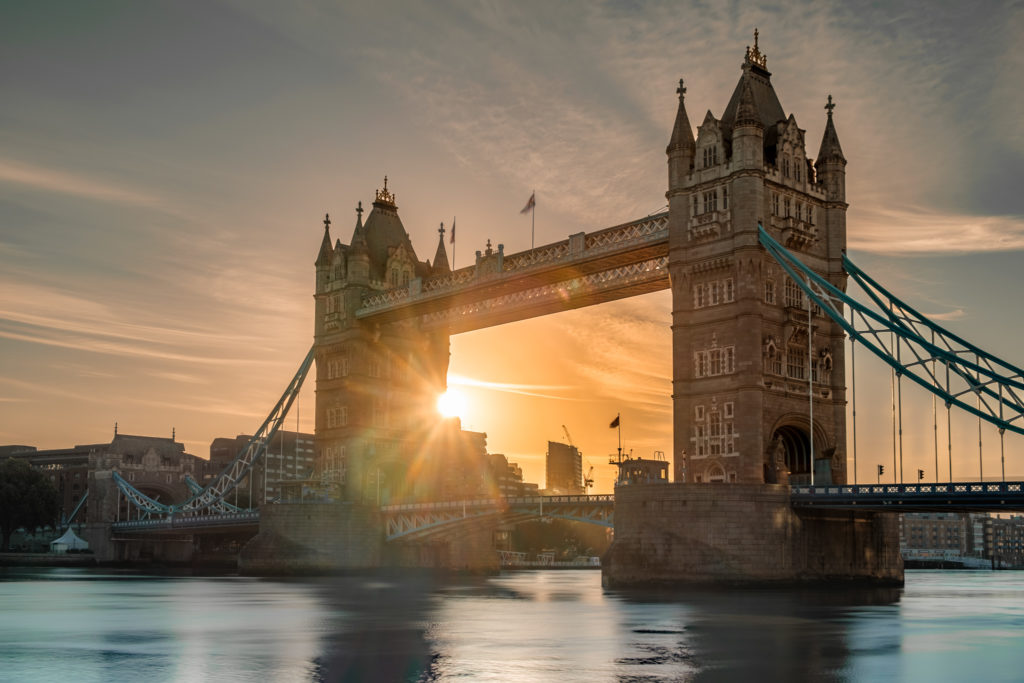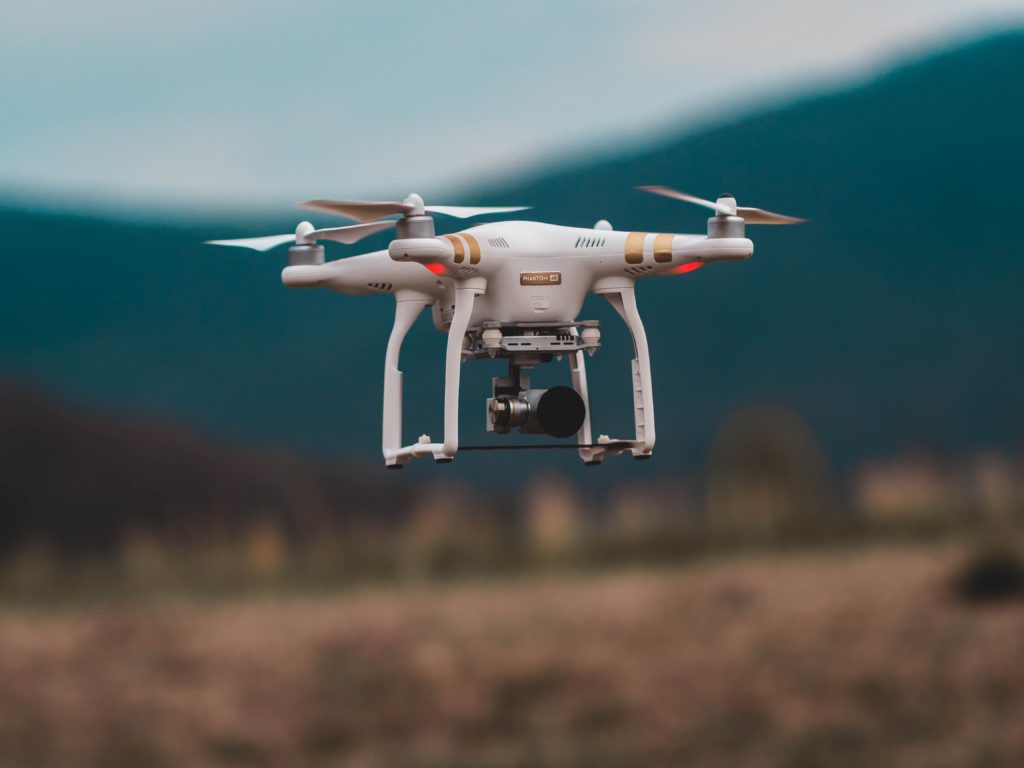These days more and more people are considering selling their images via stock libraries. However some people find initially getting into a library be it macro stock like Alamy or micro stock such as iStockphoto a hugely frustrating ordeal. You prepare and send your very best images time after time and keep receiving the dreaded submission failed email. Today we have a look at how to prepare images for stock so that your submission is accepted.
Shoot What's Needed!
Perhaps one of the biggest mistakes, would be stock photographers make, is sending their best images. This statement is not as daft as it sounds, the simple fact is, your best images may not be what the library is looking for. What you actually need to be sending is images the library needs. Working out what this is can be tricky, but you will often find that stock agencies publish a list of required images, failing that, fire off an email to the curator asking if there is a particular area where they require more images.
How to Prepare Your Photographs for Submission
Once you have established what the library is looking for and found suitable images to send, it is time to prepare them for uploading. The devil is very much in the details here. Each library will have very strict and particular standards that need to be adhered to and stepping outside of these will more often than not result in a failed submission. So what are the things to look out for?
Technical Perfection – This is perhaps a vague requirement, but broadly it means the image must be sharp, correctly exposed, the correct color and free from dust or other blemishes. You will need to be almost obsessive with your pixel peeping to make sure the image is ok.
- For the exposure check that the histogram graph lies within the limits at either end. Check any highlight clipping, in Photoshop as well as Aperture and Lightroom, there is a menu setting that allows you to show blown highlight and excessive shadows. There should be none showing in the image.
- Do not sharpen the image, if it is even the slightest bit unsharp, do not send it. Libraries want sharp images but not sharpened, this is because the end buyer will sharpen the shot themselves once prepared.
- Check your image at 100% view over all parts of it for dust. The most common problem is sensor dust and just the tinniest speck will result in a fail. Use the clone or spot tool to remove all blemishes.

Image Size – Pay very close attention to exactly what the library is asking for. Some will be happy with the out of the camera size, some may require you to uprez the image to 48mp or similar. Be aware of the PPI (pixels per inch) requirement of the library, many will insist on 300PPI. Do not upsize your image until you have made all the exposure and color corrections. Also take into consideration the libraries minimum camera specifications, some will even detail what cameras are acceptable. Remember the library will check the exif data so they will know what camera the image has come from.

Photo by Haley Truong on Unsplash
Color Space – Some libraries specify that they require the image to be in a particular color space. This will usually be Adobe RGB or sRGB. Make sure that when you save or export your image, that the correct color space is selected.
Metadata – You will find that virtually every library has a different requirement for the metadata. Most require you to supply an image name, caption and keyword. Pay close attention to the image name and caption requirements, I had a series of images fail at initial submission because the caption need to include the date and location, something I had not come across with other libraries.
Also even though this is an initial submission, do not skimp on the keywording. As mundane as it is, keywording is a vital part of an initial submission. Look at your image carefully and describe what you see, but as well as this try to describe the mood, for example “serene” for a beautiful morning landscape or “threatening” for dark stormy clouds. If there are predominant colors, add these and many people also describe whether the image is landscape or portrait. One thing you should avoid is cutting and pasting keywords from similar images, one thing libraries do not like is keywords in an image that have no relevance.

Photo by Annabelle Lüttwitz on Unsplash
Lastly but not least, if you do get a failed submission, don’t take it personally. Image selection is very personal and your submission may have been the last images of a long day for a tired editor. Read the failure notes carefully, it may be something as simple as a caption error that can be easily corrected. If the images are described as not suitable then look for something different. In the world of stock photography, the old adage “if at first you don’t succeed, try try try again” should be your mantra.
Jason Row is a British born travel photographer now living in Ukraine. You can follow him on Facebook or visit his site, The Odessa Files. He also maintains a blog chronicling his exploits as an Expat in the former Soviet Union





3 Comments
Having had several attempts at submitting to Shutterstock, including one where an image would have been accepted the first time (They need to accept 7 out of 10 for your first submission) but was rejected the with the second batch included – I found this article interesting and will definately keep trying – and learning
You can’t reach to imagine how important your article has been for me. Thanks a lot!
Thank you for the advice. Do you offer more info or classes on stock photography?